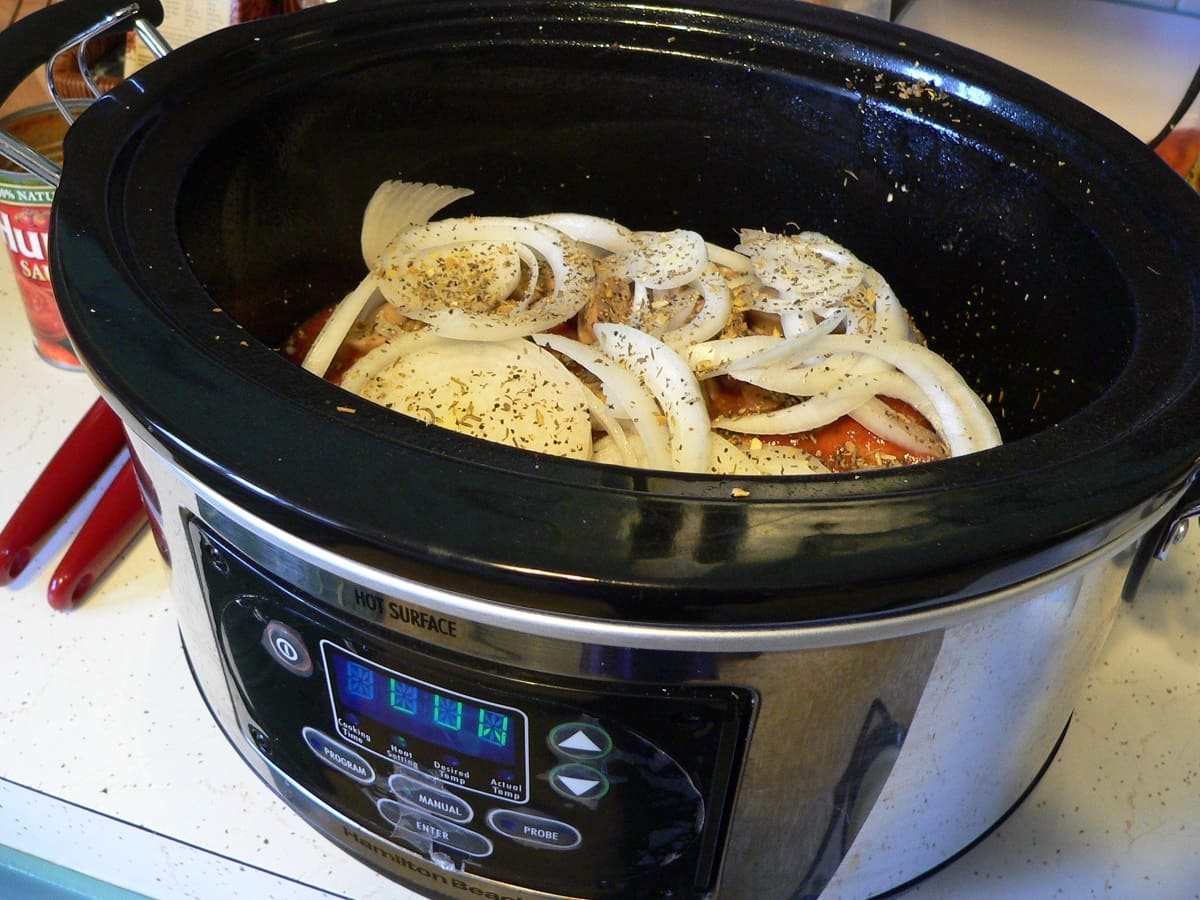

Articles
How To Cook Pork Tenderloin In A Slow Cooker
Modified: January 5, 2024
Discover delicious and easy-to-follow articles on how to cook pork tenderloin in a slow cooker. Transform this tender cut of meat into a mouthwatering masterpiece with our expert tips and recipes.
(Many of the links in this article redirect to a specific reviewed product. Your purchase of these products through affiliate links helps to generate commission for Storables.com, at no extra cost. Learn more)
Introduction
When it comes to cooking pork tenderloin, using a slow cooker can be a game-changer. The slow and gentle cooking process helps to tenderize the meat, resulting in a flavorful and tender dish that is sure to impress your family and friends. Whether you’re a novice cook or a seasoned chef, mastering the art of cooking pork tenderloin in a slow cooker is an essential skill to have in your culinary repertoire.
In this article, we will guide you through the step-by-step process of preparing and cooking pork tenderloin in a slow cooker. From choosing the right cut of meat to seasoning options and cooking times, we’ve got you covered. So grab your apron and let’s get started!
Key Takeaways:
- Master the art of cooking pork tenderloin in a slow cooker by choosing the right cut, preparing it with flavorful seasonings, and adding complementary liquids and vegetables for a delicious, hassle-free meal.
- Elevate your slow-cooked pork tenderloin with marinating, searing, glazing, and spicing variations, allowing for a customizable and impressive culinary experience.
Choosing the Right Pork Tenderloin
When it comes to cooking pork tenderloin in a slow cooker, selecting the right cut of meat is crucial. Here are a few tips to help you choose the perfect pork tenderloin:
- Look for fresh and high-quality meat: When shopping for pork tenderloin, opt for cuts that are fresh and have a pinkish color. Avoid any packages that have a grayish tint or appear slimy.
- Consider the size: Pork tenderloins typically come in various sizes, ranging from 1 to 2 pounds. Choose a size that best suits the number of people you plan to serve. Keep in mind that larger cuts may require longer cooking times.
- Check for marbling: Marbling refers to the white streaks of fat within the meat. Look for pork tenderloin with a good amount of marbling, as it adds flavor and helps keep the meat moist during the slow cooking process.
- Inspect the packaging: Ensure that the packaging is intact and that the meat is properly sealed. Check the expiration date and avoid purchasing any pork tenderloin that is close to or past its expiration date.
Remember, choosing high-quality pork tenderloin will significantly impact the taste and texture of your final dish. Spend a little extra time and effort to find the best cut of meat available.
Preparing the Pork Tenderloin
Before you start cooking your pork tenderloin in the slow cooker, there are a few essential steps to ensure the best results. Follow these preparation tips:
- Trim the excess fat: While pork tenderloin is naturally a lean cut of meat, it may still have a thin layer of fat on the surface. Use a sharp knife to trim any excess fat to your preference, keeping in mind that a little fat can add moisture and flavor to the dish.
- Remove the silverskin: The silverskin is a thin membrane that can be found on one side of the pork tenderloin. It is tough and can hinder the absorption of flavors while cooking. To remove it, use the tip of a sharp knife to carefully lift and slide the knife just beneath the silverskin. Once lifted, use a gentle sawing motion to remove the membrane.
- Pat dry the meat: Use a clean paper towel to pat dry the pork tenderloin. This step helps to remove any excess moisture, allowing for better searing and browning during cooking.
- Bring the meat to room temperature: For even cooking, it is recommended to let the pork tenderloin sit at room temperature for about 20-30 minutes before cooking. This ensures that the meat cooks more evenly and results in a juicy and tender final dish.
By properly preparing the pork tenderloin, you’re setting the stage for a delicious slow-cooked meal. Take the time to follow these steps, and you’ll be rewarded with tender and flavorful meat.
Seasoning Options
Seasoning is key to infusing the pork tenderloin with delightful flavors. Depending on your taste preferences, you can choose from a variety of seasoning options. Here are some popular choices:
- Classic Salt and Pepper: Keep it simple with a classic combination of salt and freshly ground black pepper. This allows the natural flavors of the pork tenderloin to shine.
- Garlic and Herb: Create a savory profile by rubbing minced garlic, dried herbs like thyme, rosemary, and oregano onto the pork tenderloin. This adds an aromatic and earthy element to the dish.
- Sweet and Spicy: For a flavor contrast, mix together brown sugar, paprika, chili powder, and a pinch of cayenne pepper. This combination adds a touch of sweetness and a kick of heat to the meat.
- Asian-inspired: Infuse the pork tenderloin with an Asian flair by marinating it in a mixture of soy sauce, ginger, garlic, and a splash of sesame oil. This imparts a rich and savory taste.
- Barbecue Rub: If you love bold and smoky flavors, coat the pork tenderloin with a barbecue rub consisting of brown sugar, paprika, garlic powder, onion powder, and a hint of cayenne pepper.
When seasoning the pork tenderloin, be generous but avoid overdoing it. Remember, you can always add more seasoning later if needed. Allow the flavors to meld by letting the seasoned meat sit for a few minutes before cooking.
Experiment with different seasoning combinations to find the one that suits your taste buds. Don’t be afraid to get creative and adjust the flavors to your liking!
Adding Liquid and Vegetables
In addition to seasoning, adding liquid and vegetables to the slow cooker can enhance the flavor and texture of the pork tenderloin. Here are some options to consider:
- Broth or Stock: Pouring chicken or vegetable broth/stock into the slow cooker provides moisture and adds depth to the dish. Choose low-sodium options to have better control over the saltiness of the final result.
- Wine: For an extra layer of complexity, you can replace some or all of the liquid with wine, such as red wine for richer flavors or white wine for a lighter touch.
- Acidic Ingredients: Adding a splash of citrus juice, vinegar, or even a diced tomato can help tenderize the meat and balance out the flavors.
- Vegetables: Consider including vegetables that complement the pork tenderloin, such as carrots, onions, bell peppers, or potatoes. These vegetables will absorb the delicious flavors and become tender during the slow cooking process.
When adding liquid, it’s important not to submerge the pork tenderloin completely. You want to create a flavorful cooking environment without drowning the meat. The liquid should come about halfway up the sides of the meat to ensure proper cooking and flavor absorption.
Similarly, when adding vegetables, cut them into pieces that are roughly the same size to ensure even cooking. Place the vegetables around the pork tenderloin, allowing them to cook in the flavorful juices.
Remember, adding liquid and vegetables can elevate the overall taste and provide a well-balanced meal. Get creative with the combinations and experiment with different ingredients to find your favorite combination.
For added flavor, sear the pork tenderloin in a hot skillet before placing it in the slow cooker. This will help to lock in the juices and create a delicious crust on the outside of the meat.
Cooking the Pork Tenderloin
Now that you’ve prepared the pork tenderloin and added the desired seasonings, liquid, and vegetables, it’s time to cook it in the slow cooker. Here’s how:
- Set the temperature: Depending on your slow cooker, the recommended temperature for cooking pork tenderloin is usually low or medium. The low setting will result in a longer cooking time but ensures a more tender and flavorful end result. Medium is a good option if you’re short on time.
- Cover the slow cooker: Place the lid securely on the slow cooker to trap the heat and moisture inside. This will help create a moist cooking environment for the pork tenderloin.
- Cooking time: The cooking time can vary depending on the size of the pork tenderloin, your slow cooker, and the desired level of doneness. As a general guideline, a 1 to 1.5-pound pork tenderloin may take around 4 to 6 hours on low or 2 to 3 hours on medium.
- Avoid opening the slow cooker: It’s tempting to check on the progress, but try to resist opening the slow cooker unnecessarily. Each time you lift the lid, you’re releasing heat and extending the cooking time.
Keep in mind that cooking times are approximate and can vary. It’s always recommended to use a meat thermometer to check the internal temperature of the pork tenderloin for accuracy.
Throughout the cooking process, the pork tenderloin will slowly tenderize and absorb the flavors of the seasonings and liquid. The result will be a deliciously moist and tender pork dish.
Remember, patience is key when using a slow cooker. Allow the meat to cook slowly and undisturbed, and you’ll be rewarded with a flavorful and melt-in-your-mouth pork tenderloin.
Checking for Doneness
Ensuring that your pork tenderloin is cooked to the appropriate level of doneness is vital for both flavor and food safety. Here are a few methods to check if the pork tenderloin is cooked through:
- Using a meat thermometer: The most accurate way to determine doneness is by using a meat thermometer. Insert the thermometer into the thickest part of the pork tenderloin. The internal temperature should reach 145°F (63°C) for medium doneness. If you prefer your pork more well-done, cook it until the internal temperature reaches 160°F (71°C). Remember to insert the thermometer away from any bones for an accurate measurement.
- Check for firmness: Gently press the pork tenderloin with a fork or your finger. If the meat feels firm to the touch, it is likely cooked. However, this method can be less reliable than a meat thermometer, so it’s always best to use both methods to ensure accuracy.
- Look for clear juices: Cut into the thickest part of the pork tenderloin and check the color of the juices. Fully cooked pork should have clear or slightly pinkish juices, indicating that it is done. If the juices appear pink or red, it needs more cooking time.
Remember, overcooking pork tenderloin can result in dry and tough meat, so it’s essential to monitor the internal temperature closely. Once the pork tenderloin reaches the desired level of doneness, remove it from the slow cooker and proceed to the next step.
By using these methods to check for doneness, you can ensure that your pork tenderloin is cooked perfectly, tender, and safe to consume.
Resting and Serving the Pork Tenderloin
Once the pork tenderloin has reached the desired level of doneness, it’s important to allow it to rest before slicing and serving. Here’s why and how to do it:
- Resting the meat: Resting the pork tenderloin allows the juices to redistribute throughout the meat, resulting in a juicier and more flavorful final dish. It also helps to retain moisture and tenderness. Let the cooked pork tenderloin rest for about 5-10 minutes before slicing.
- Slicing: Use a sharp knife to slice the pork tenderloin into thin slices, about 1/4 to 1/2 inch thick. Cutting the meat against the grain will help ensure a more tender texture.
- Serving options: There are various ways to serve the cooked pork tenderloin. You can plate it alongside the vegetables and liquid from the slow cooker, or transfer the pork slices to a serving platter and pour the cooking juices over the top. Garnish with fresh herbs, such as parsley or cilantro, for an added touch of freshness.
Consider pairing the pork tenderloin with complementary side dishes, such as roasted or steamed vegetables, rice, mashed potatoes, or a fresh green salad. The tender and flavorful meat will be the star of the meal.
Don’t forget to pour any remaining cooking liquid over the pork slices or use it as a delicious sauce. This will enhance the flavor and add moisture to each bite.
Enjoy your slow-cooked pork tenderloin with your favorite sides and savor the fruits of your labor!
Additional Tips and Variations
To further enhance your slow-cooked pork tenderloin, here are some additional tips and variations to consider:
- Marinating: For even more flavor, consider marinating the pork tenderloin before cooking. You can use a store-bought marinade or make your own using a combination of herbs, spices, and your choice of liquids such as soy sauce, citrus juice, or vinegar. Allow the meat to marinate in the refrigerator for at least a few hours or overnight before cooking.
- Searing the meat: While not necessary, searing the pork tenderloin in a hot pan before transferring it to the slow cooker can add a nice caramelized crust and deeper flavor to the meat. Sear the pork until browned on all sides before placing it in the slow cooker.
- Adding herbs and aromatics: Experiment with different herbs and aromatics to infuse unique flavors into the dish. Fresh herbs like rosemary, thyme, or sage can be added to the slow cooker along with the pork tenderloin to impart a fragrant aroma.
- Glazing: For a sticky and sweet glaze, brush the pork tenderloin with a mixture of honey, soy sauce, or your preferred glazing ingredients about 30 minutes before the cooking time is complete. This adds a glossy finish and rich caramelization to the meat.
- Spice it up: If you prefer a spicier kick, add chili flakes, cayenne pepper, or your favorite hot sauce to the seasoning mix. Adjust the amount according to your desired level of heat.
Remember to make adjustments to cooking times and methods based on the specific instructions of your slow cooker. Each appliance may vary in terms of heating and performance.
Additionally, feel free to customize the recipe to your personal taste and dietary preferences. You can incorporate different vegetables, seasonings, and cooking liquids to create unique flavor profiles that suit your preferences.
With these tips and variations, you can elevate your slow-cooked pork tenderloin to a whole new level of deliciousness!
Conclusion
Cooking pork tenderloin in a slow cooker is a fantastic way to achieve tender, flavorful, and hassle-free results. By following the steps outlined in this article, you can create a delicious meal that will impress your family and friends.
Remember to start by choosing the right pork tenderloin, preparing it properly, and selecting the seasoning that best suits your taste buds. Adding liquids and vegetables can further enhance the flavor and texture of the dish.
Cooking the pork tenderloin low and slow allows the meat to become tender and juicy. Use a meat thermometer to check for doneness, ensuring that the internal temperature reaches the desired level. Allow the cooked pork tenderloin to rest before slicing and serving to maximize its flavor and tenderness.
Feel free to experiment with different marinades, glazes, herbs, and spices to customize the dish to your liking. Pair your slow-cooked pork tenderloin with a variety of side dishes for a complete and satisfying meal.
With these tips, variations, and a little bit of creativity, you can master the art of cooking pork tenderloin in a slow cooker. Whether you’re hosting a special dinner or simply preparing a weeknight meal, your slow-cooked pork tenderloin is sure to be a hit!
So, grab your slow cooker and get ready to enjoy the tender and flavorful delight of perfectly cooked pork tenderloin. Happy cooking!
Frequently Asked Questions about How To Cook Pork Tenderloin In A Slow Cooker
Was this page helpful?
At Storables.com, we guarantee accurate and reliable information. Our content, validated by Expert Board Contributors, is crafted following stringent Editorial Policies. We're committed to providing you with well-researched, expert-backed insights for all your informational needs.
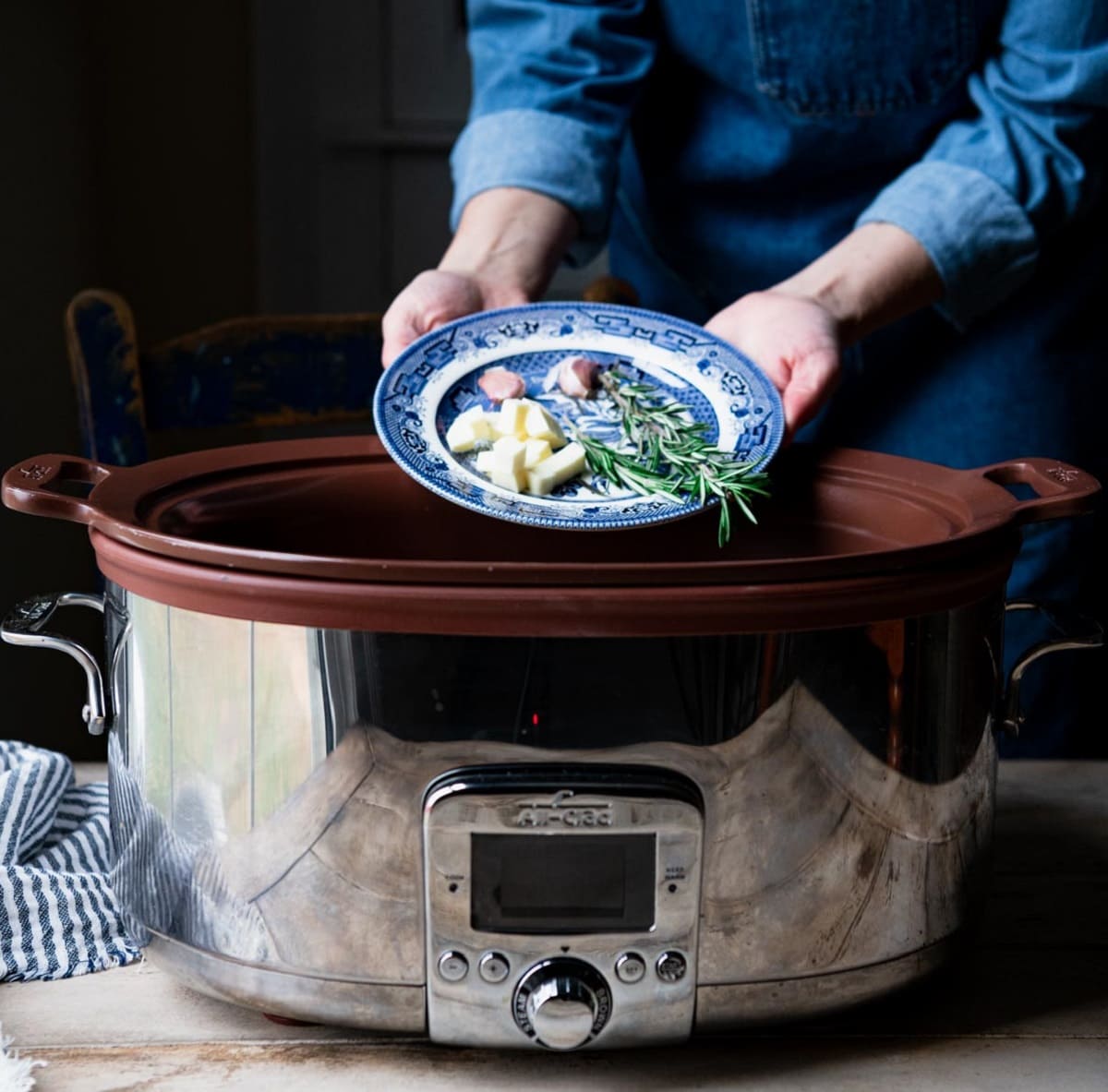
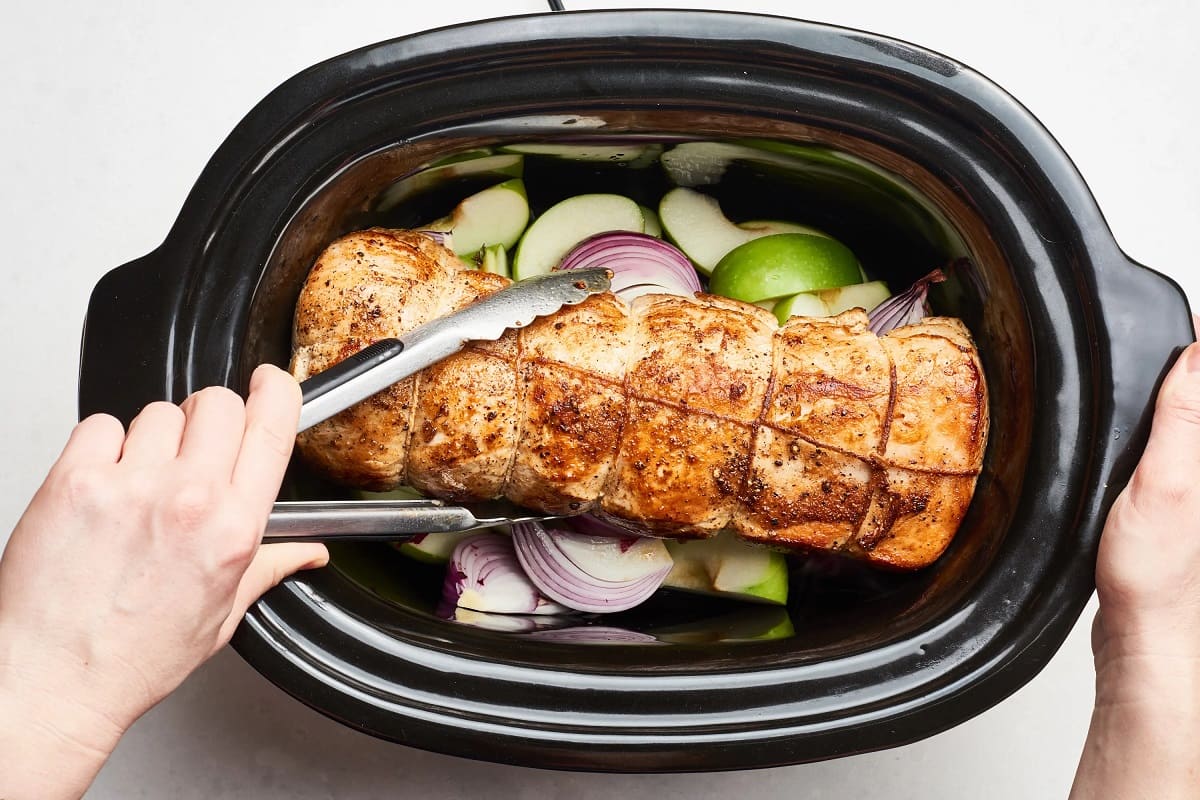
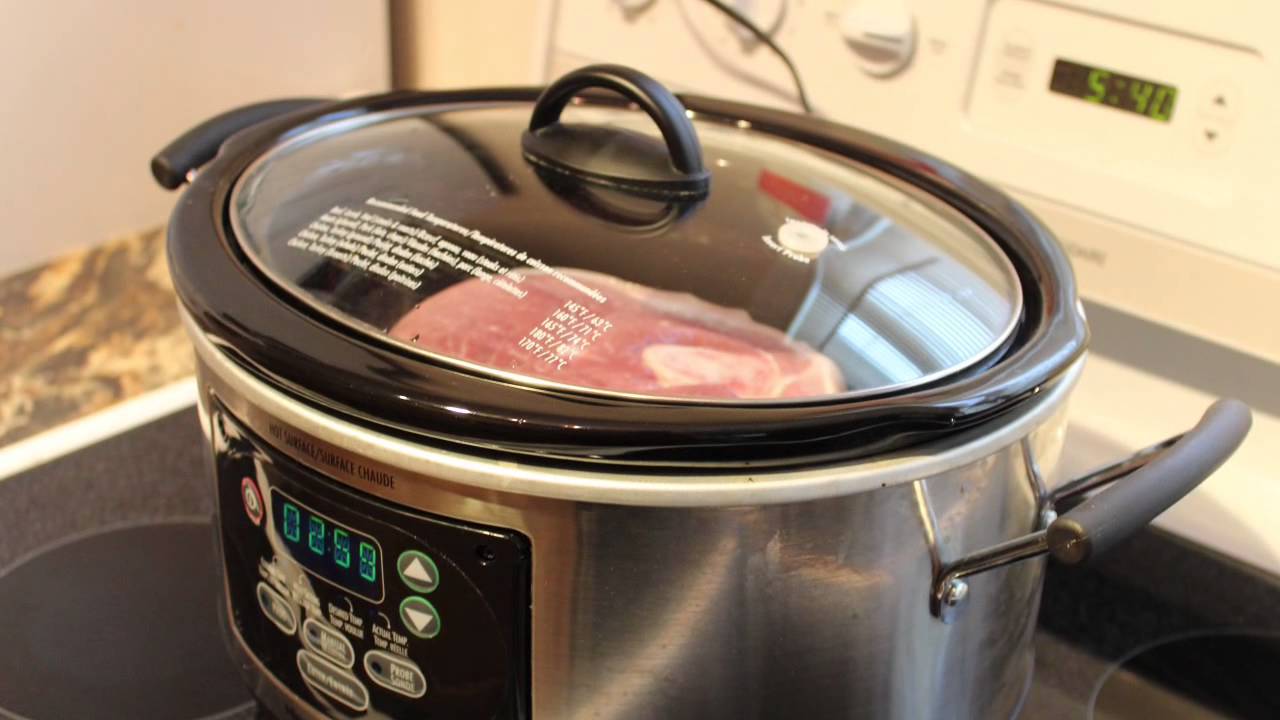
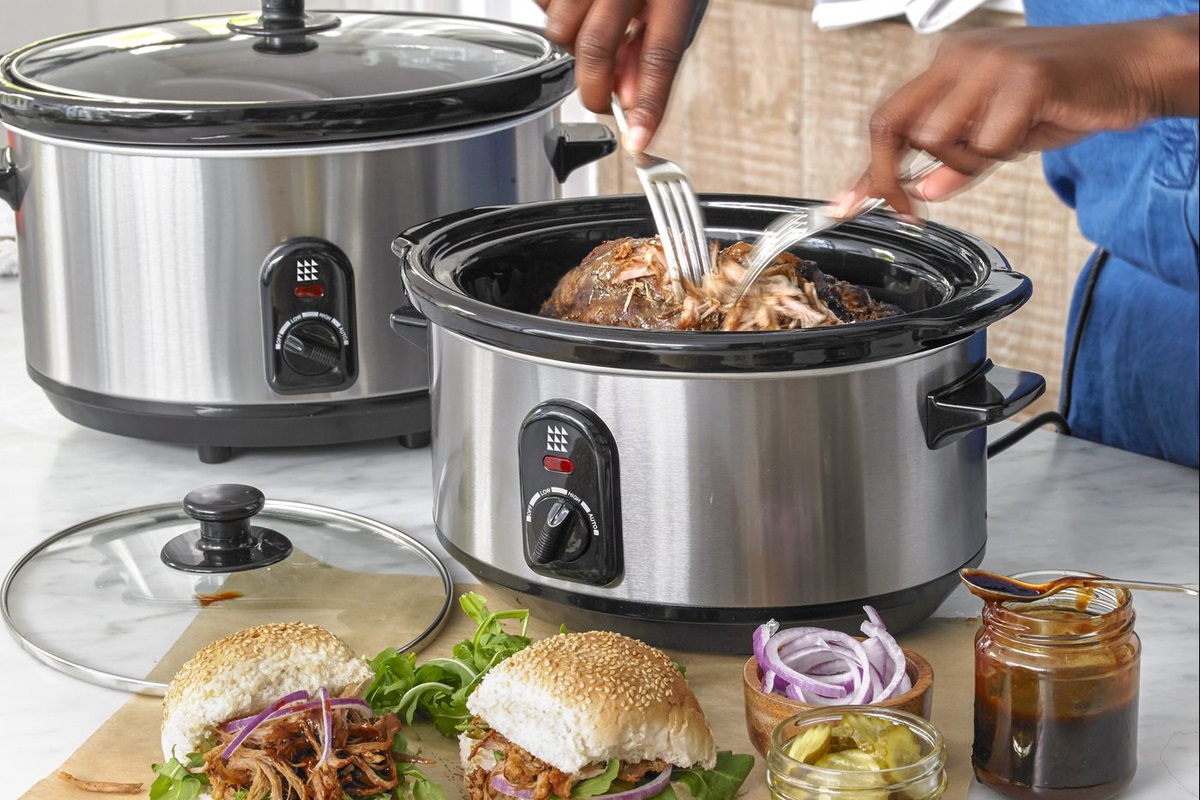
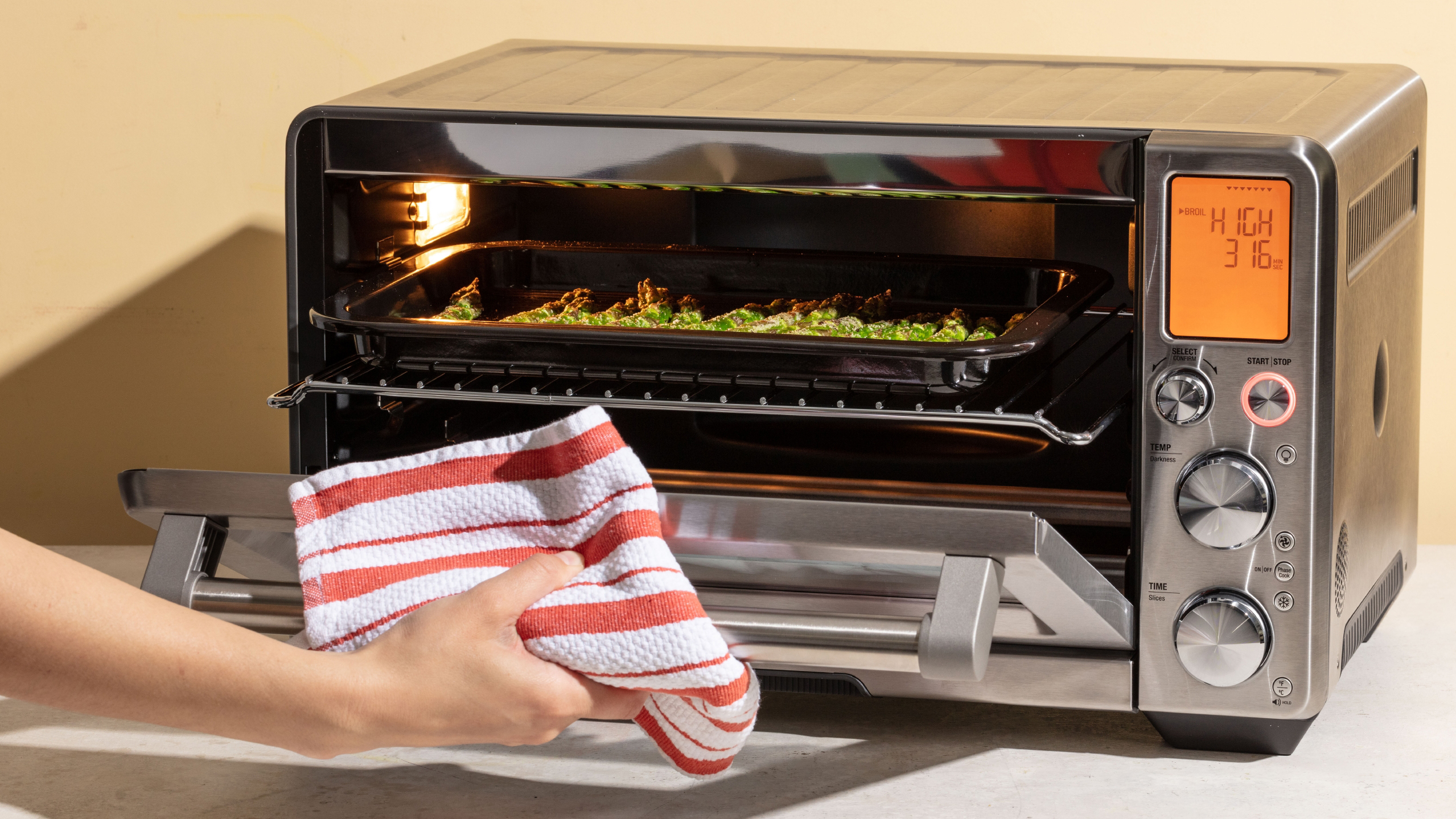
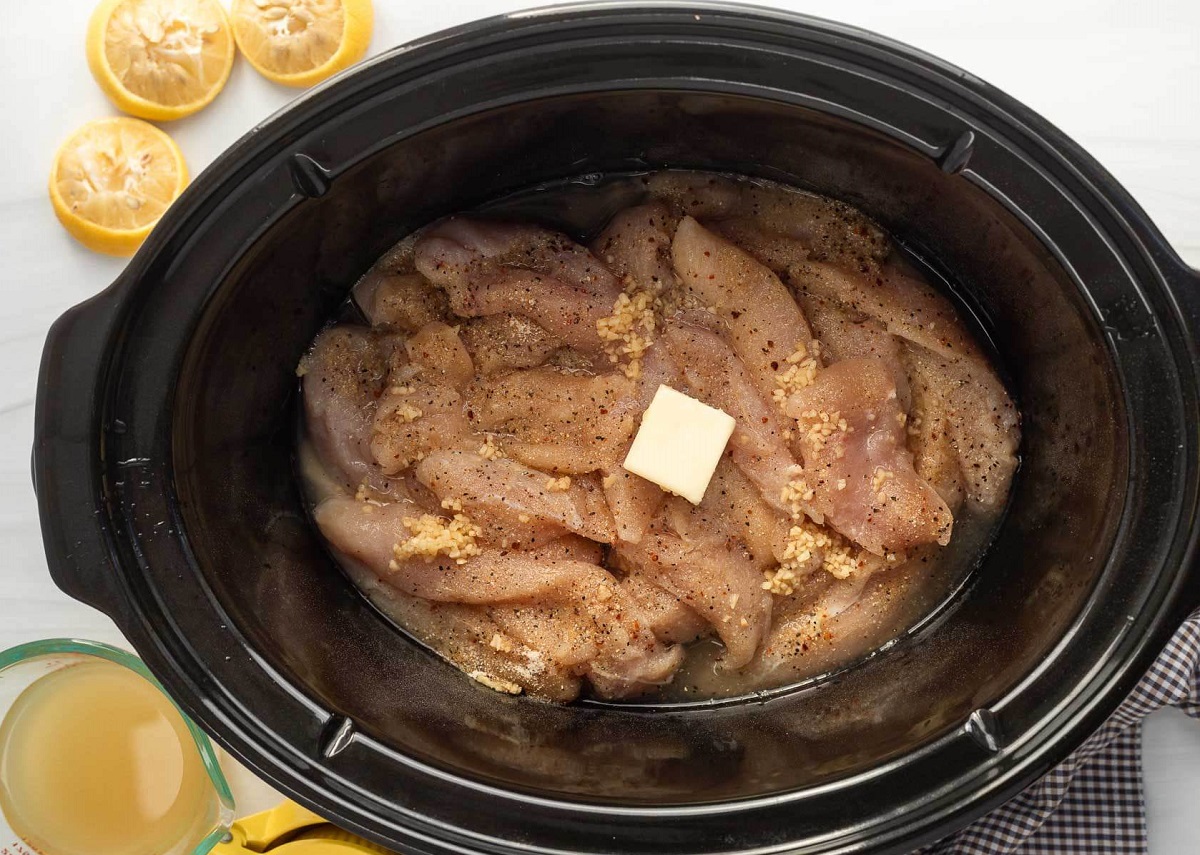
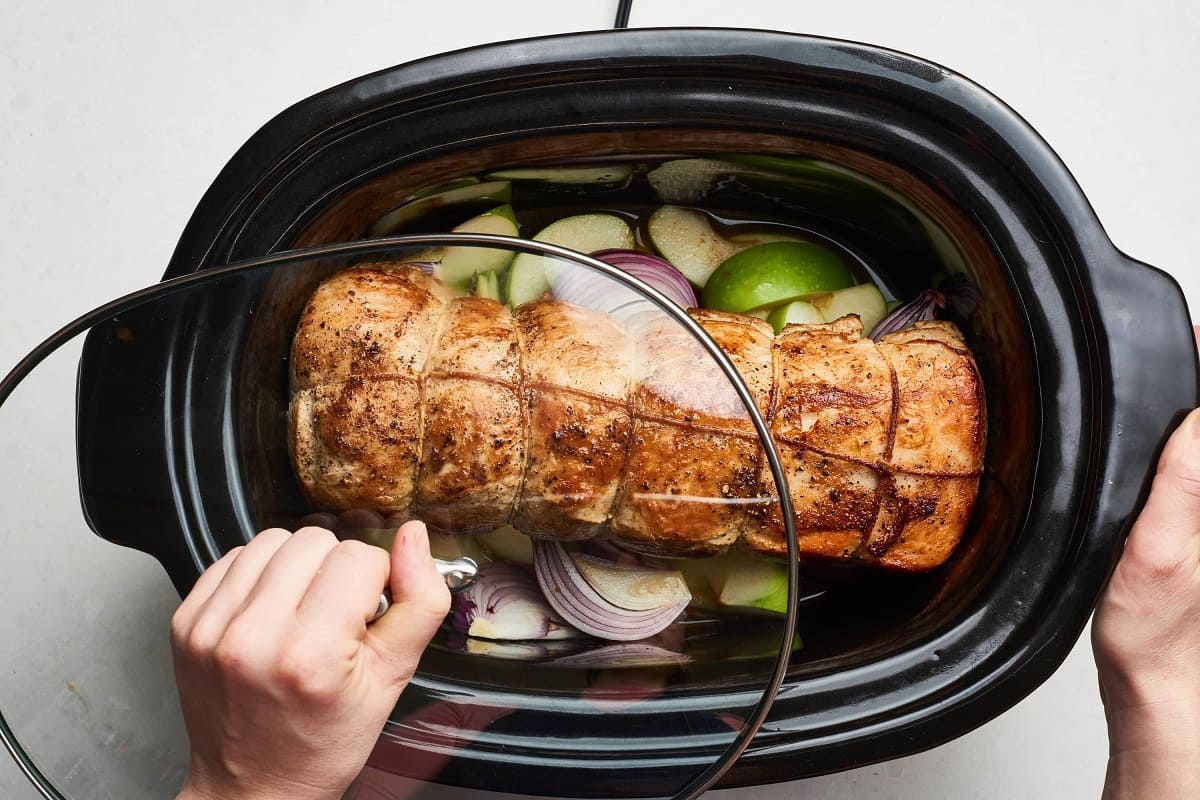
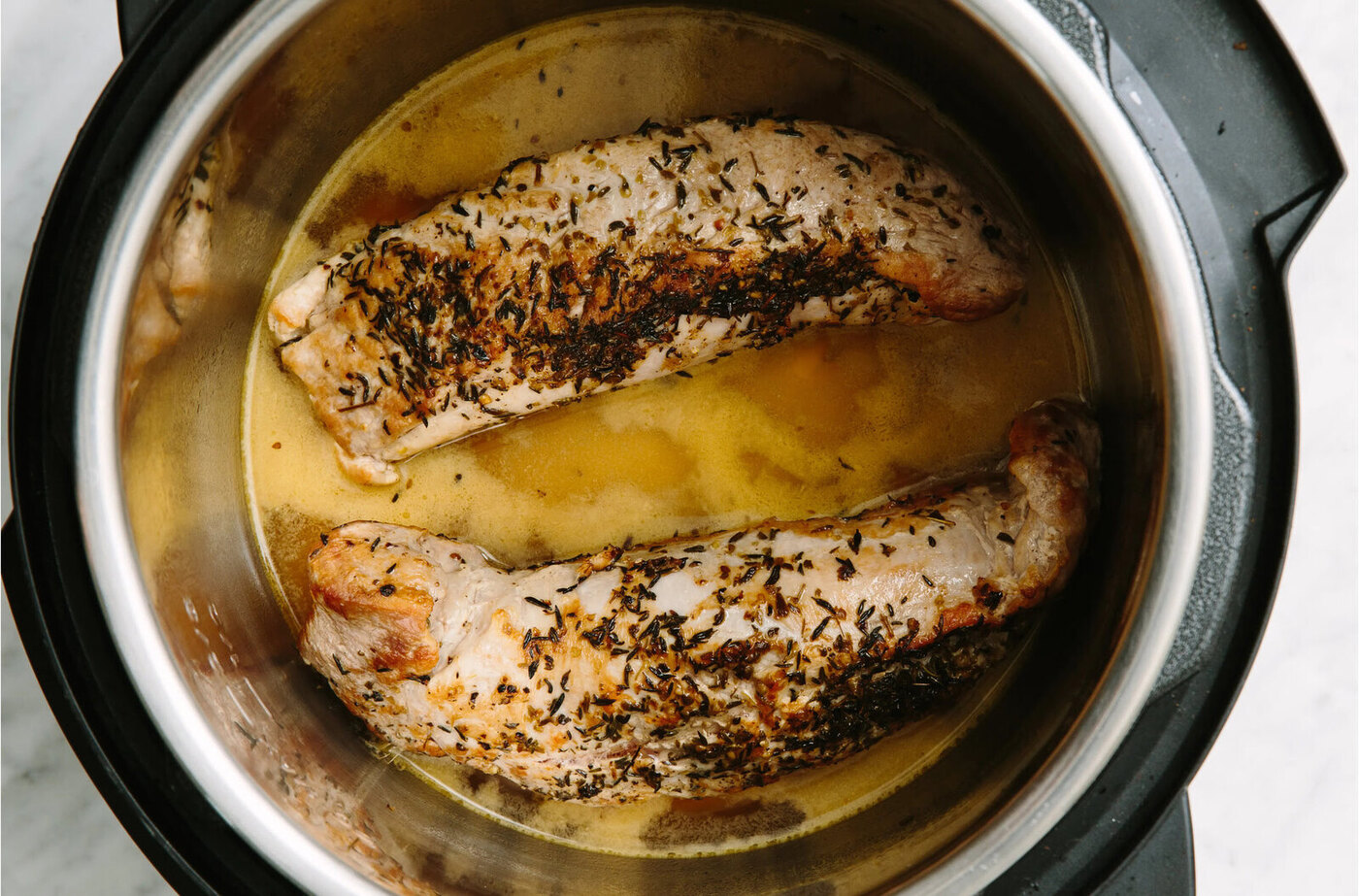
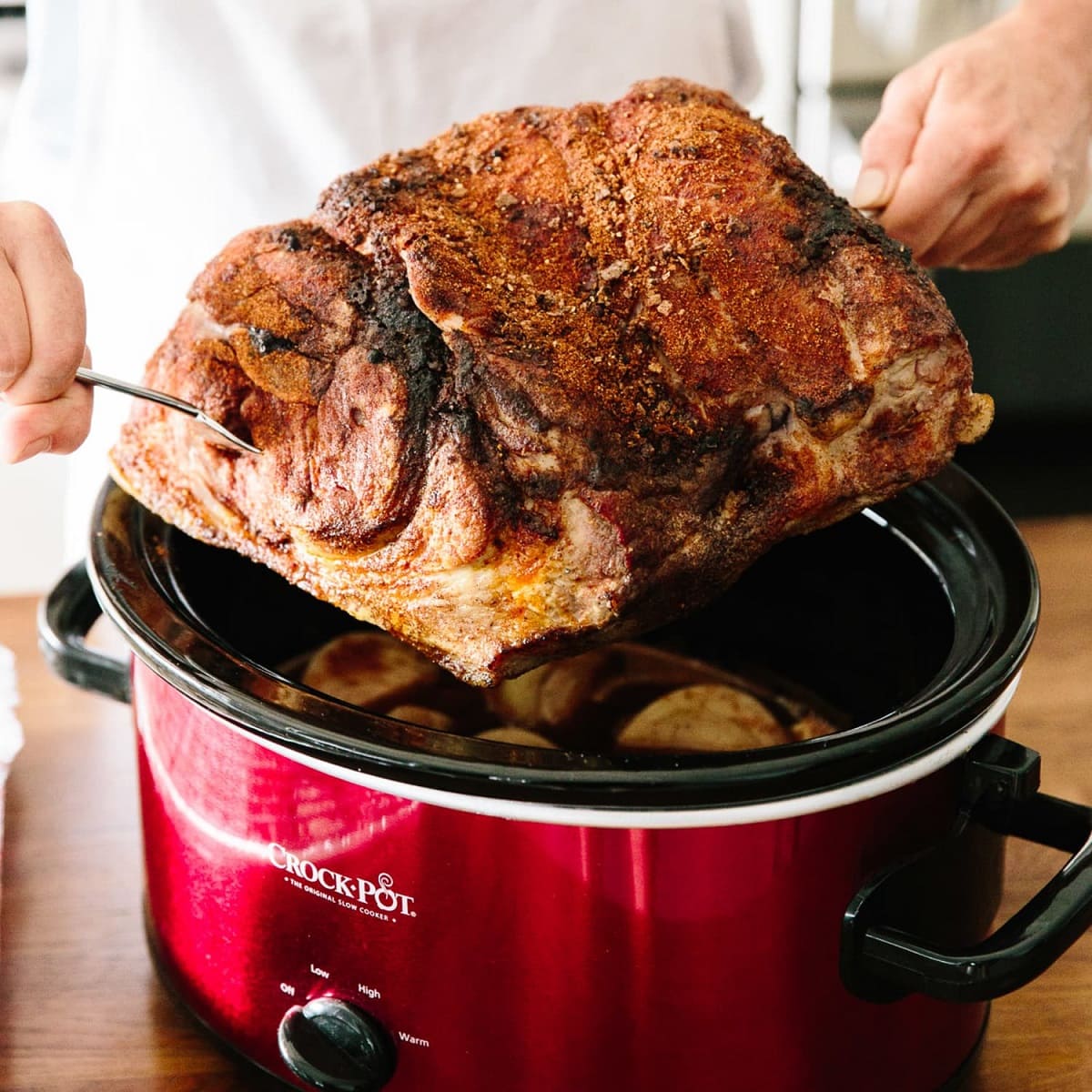
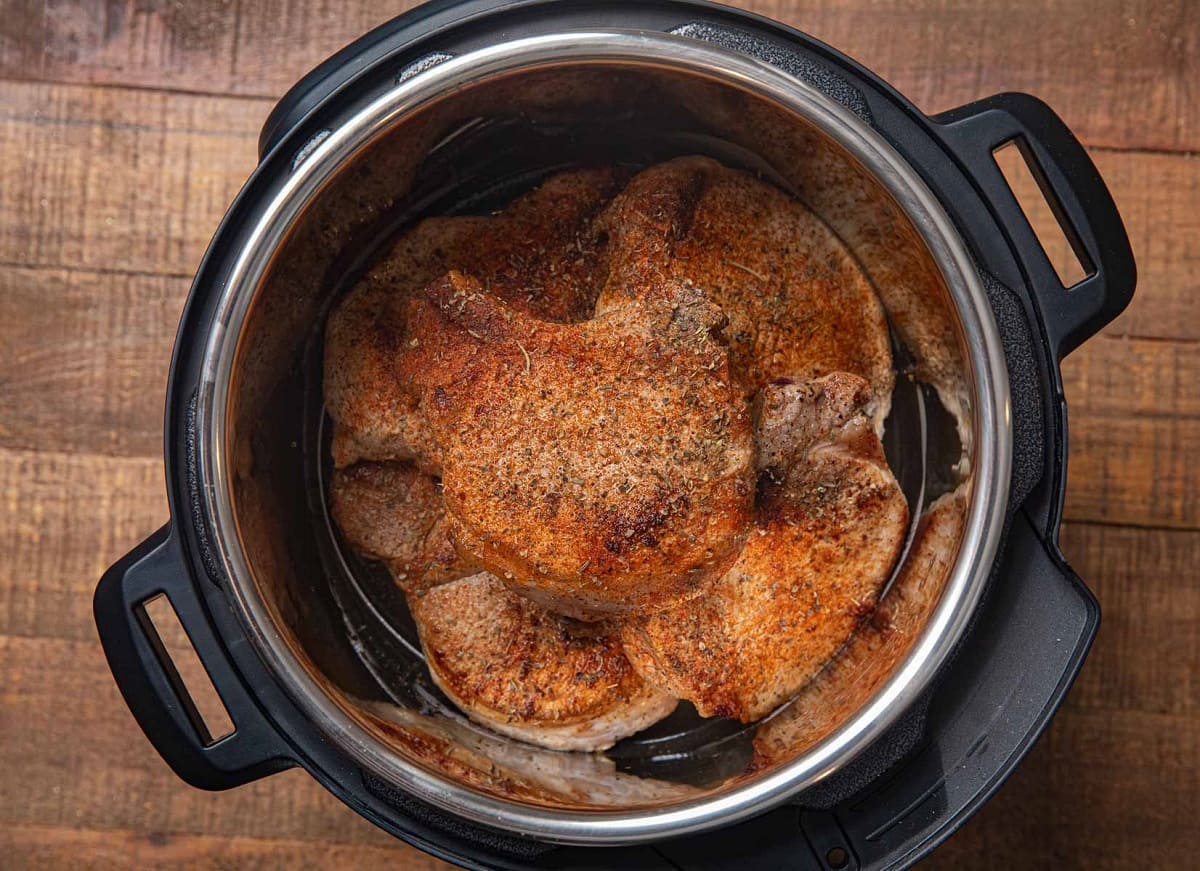
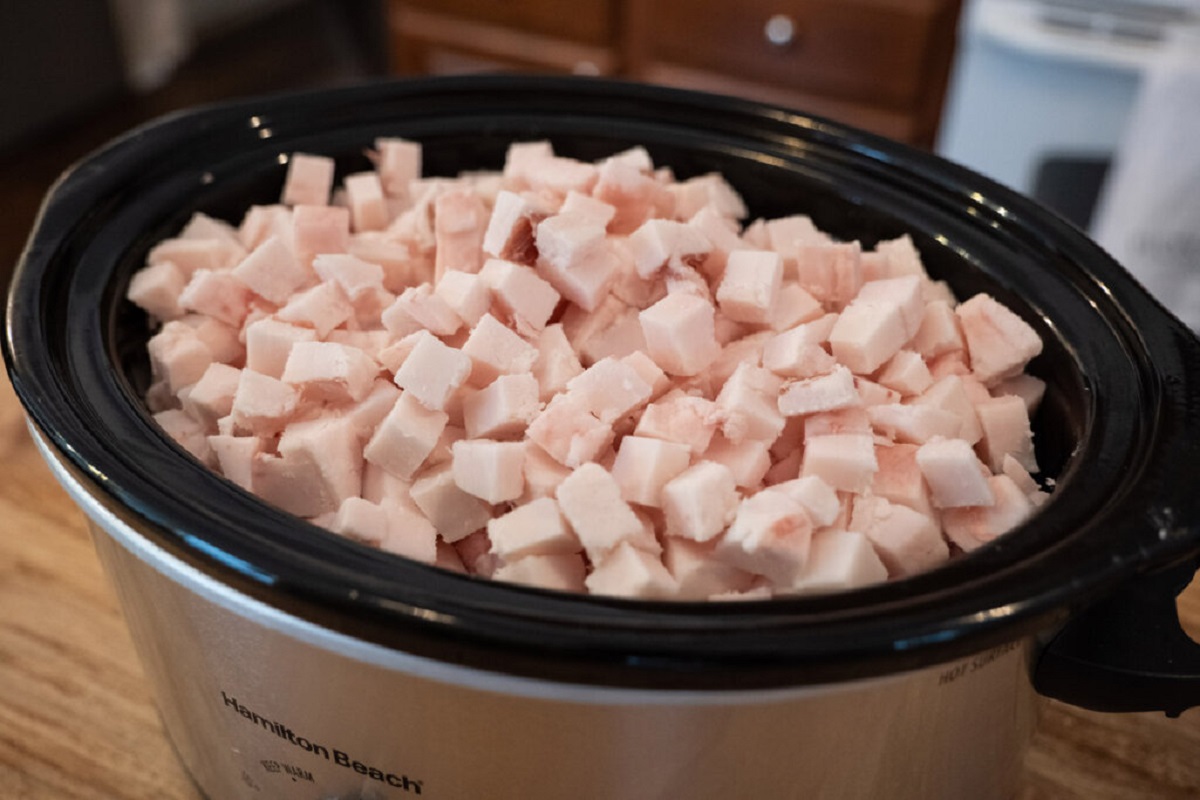
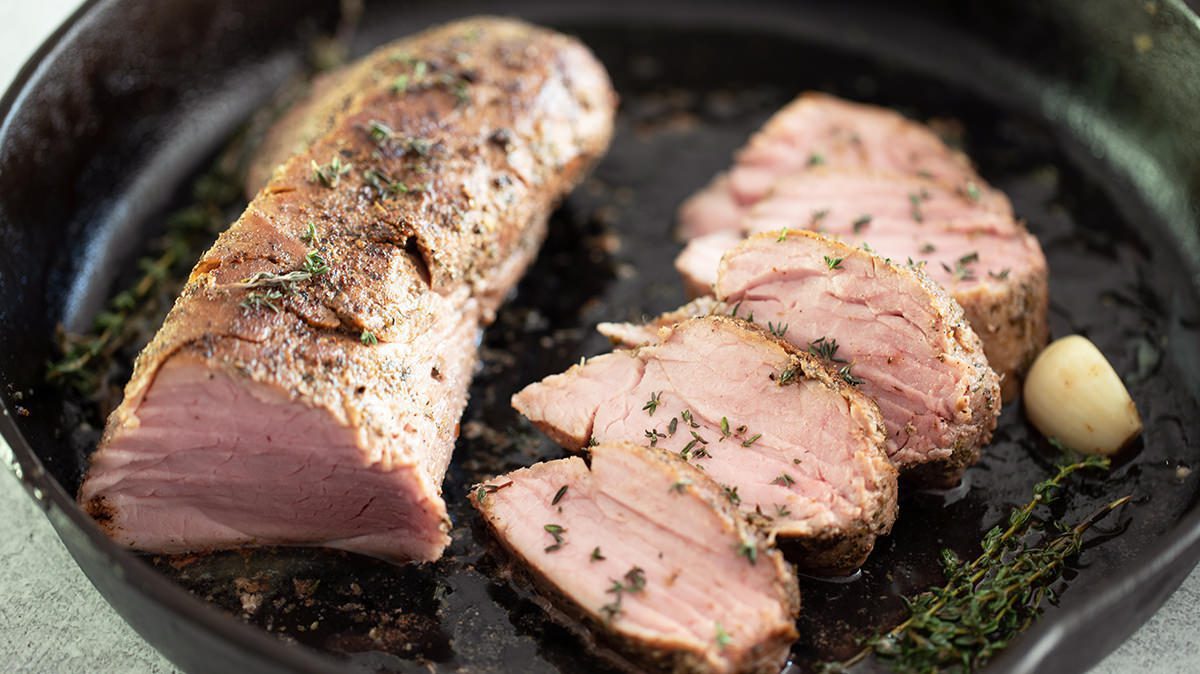
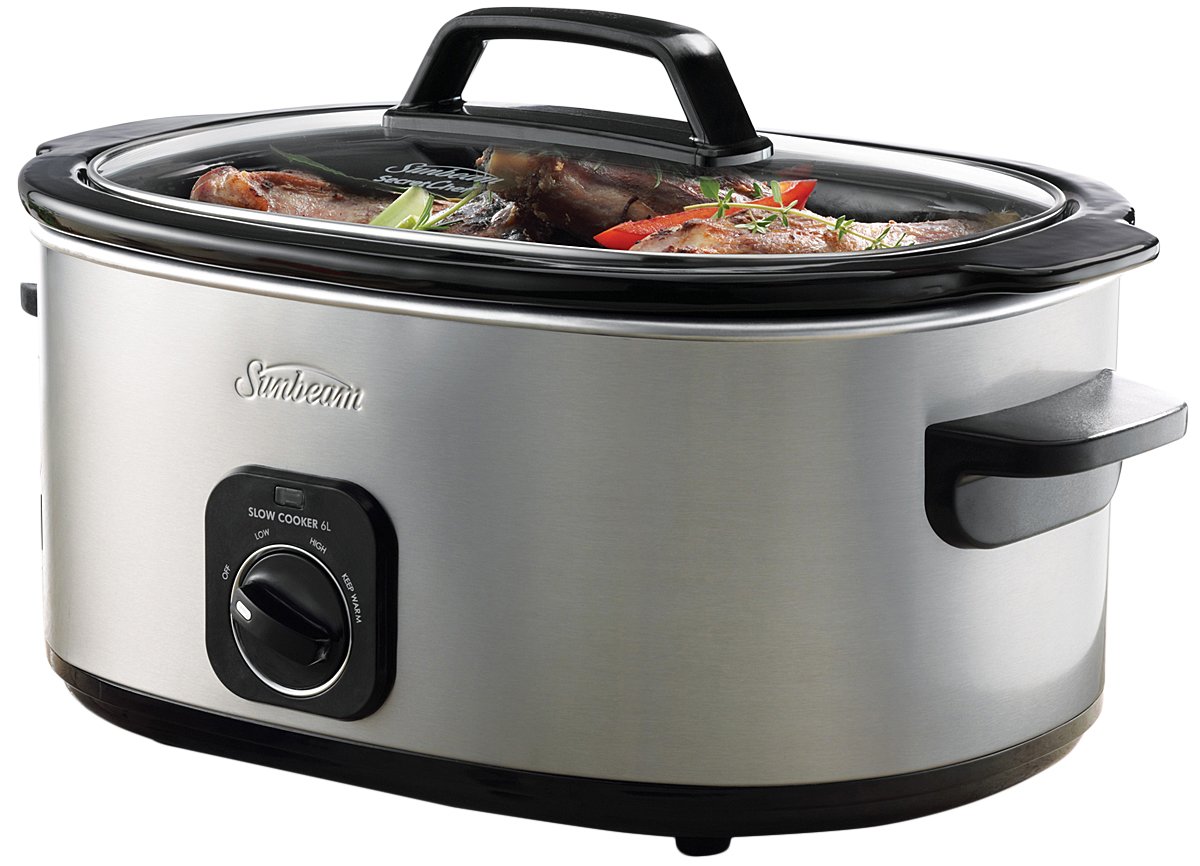

0 thoughts on “How To Cook Pork Tenderloin In A Slow Cooker”